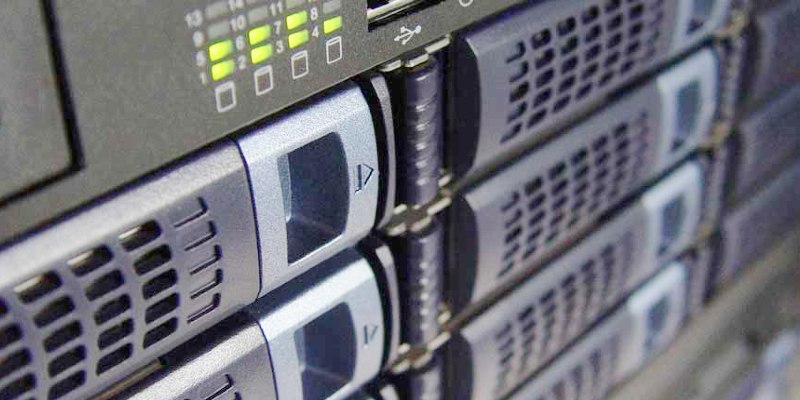You know that RAID can deliver improved performance & data redundancy. But which of the different types of RAID offers the best benefits for your needs?
RAID is a data storage virtualization term first used in the 1980s. Since then, RAID has not only made computer SSDs more efficient, but also more reliable. The Redundant Array of Inexpensive Disks — or in some cases, Indispensable Disks — is a method of putting many smaller disks together. As you can imagine, a unified array of disks is a lot more fast, dependable, and efficient.
So, how can you estimate the speed of a RAID? Or how can you make it better in a way that suits you? This entirely depends on which of the different types of RAID you decide to use, and what benefits you need. Let’s look at some of your choices:
RAID 0
You might have heard the phrase, ‘the more, the merrier,’ well, in this case, this might not help. In stripping (RAID 0), a number of disks is collected and merged into one. It is beneficial as it affects the speed and makes it much better.
But it is not reliable in case of storing important data. Why? Well, as different disks are merged into one, one single disk’s damage can result in the damage of all. This means, all of your data can be lost only due to any amount of damage somewhere. So, using RAID 0 is good where only the good speed matters and NOT where you got to keep the data safe.
RAID 1
This type of RAID is preferred for redundancy. It mirrors the data into multiple drives at once so that losing one drive won’t cause loss of any data. Its main demerit is the use of extra storage. Because you’re probably saving the data of a single drive into two drives. But reliable as if either of the drives gets damaged, you can easily revive your data.
Another good thing about RAID 1 is better read performance. It is because you can easily access and read your data anywhere in the drives in the entire array.
RAID 5/6
Looking for ways to add up speed and redundancy altogether? You can, by using either RAID 5 or RAID 6. The only difference between both of them is RAID 5 requires 3 drives at minimum to work while at least 4 are required for RAID 6. In this case, RAID 6 is, without any doubt, more reliable as you can lose two drives at once and still carry on with your work.
These both offer superb performance and enhanced speed. To install any of these RAIDS, you need to install a particular hardware controller to help you write data over all the drives at once. So, we might also say that running the standard web and file servers won’t be a problem anymore for anyone using RAID 5 OR 6.
But you must also know the fact that losing a single drive can impact your performance quality to a great extent in this case.
RAID 10
You may also think of RAID 10 as the one with least demerits. It is a combination of both RAID 0 and 1, which means it is able to render the both, good speed as well as enhanced redundancy. A minimum of four drives is required for this type of RAID to work efficiently.
As it is two types of RAID merged into one, two drives hold 50% of the striped data while the other two make sure it is mirrored efficiently. It helps in ensuring the safety of data in the future even if two drives get damaged at once. An enhanced reading and writing performance is another reason why RAID 10 is efficient of them all.
In sum
No matter which of the different types of RAID you go with, you’ll see worthwhile benefits, such as avoiding SSD and HDD issues. Planning data backups never hurts anyone but saves a lot, right? Apart from that, a better performance, speed, and additional memory is truly preferable when it comes to working on bigger important projects that you don’t want to mess up.
For more tech tips with a specific mobile focus, check out and bookmark our Tech Tips page here.





